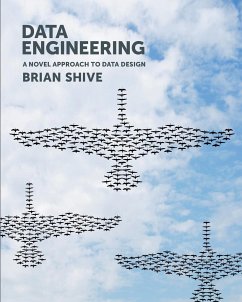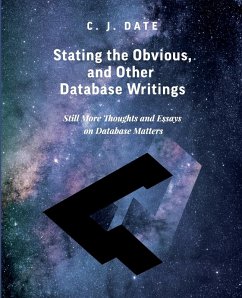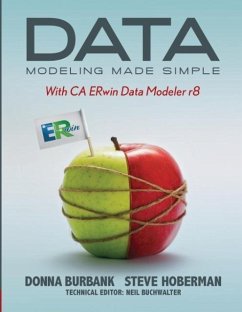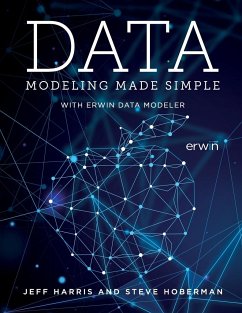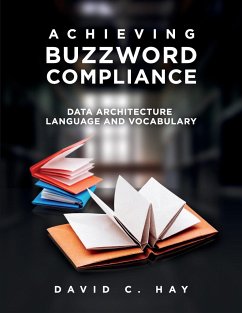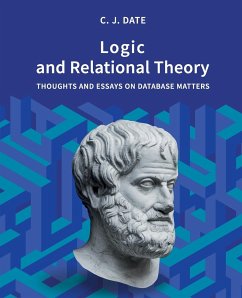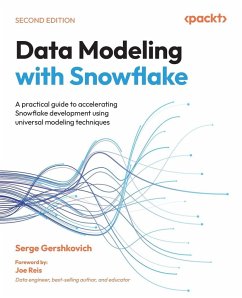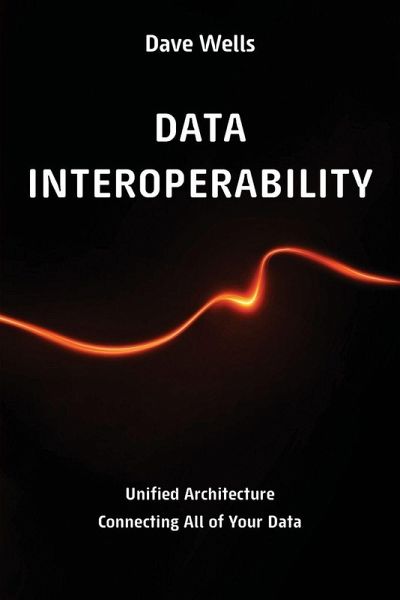
Data Interoperability
Unified Architecture Connecting All of Your Data
Versandkostenfrei!
Versandfertig in 1-2 Wochen
31,99 €
inkl. MwSt.

PAYBACK Punkte
16 °P sammeln!
Break free from data silos and build an architecture where systems work together. For decades, organizations have relied on copying and transforming data across warehouses, lakes, and point-to-point pipelines. That approach enabled reporting and analytics, but it also created technical debt. Move beyond endless integration toward a sustainable model where systems exchange data with shared meaning and purpose. Dave Wells draws on decades of experience in data architecture, governance, and analytics to explain why interoperability is the foundation of next-generation data management. Through cle...
Break free from data silos and build an architecture where systems work together. For decades, organizations have relied on copying and transforming data across warehouses, lakes, and point-to-point pipelines. That approach enabled reporting and analytics, but it also created technical debt. Move beyond endless integration toward a sustainable model where systems exchange data with shared meaning and purpose. Dave Wells draws on decades of experience in data architecture, governance, and analytics to explain why interoperability is the foundation of next-generation data management. Through clear examples and practical design patterns, he explores both the operational and analytical data landscapes, highlighting the pain points of sprawl, silos, disparity, and friction-and how a semantic approach resolves them. You'll discover why traditional architectures fail under modern demands, and how to design environments that are simpler, faster, and more resilient. Unlike books that focus only on tools or technology, this guide emphasizes the principles of interoperability: semantics, data contracts, APIs, data products, and enterprise semantic layers. With these concepts, Wells shows how to harmonize operational and analytical systems, reduce redundancy, and create data ecosystems that adapt to change rather than collapse under it. The result is an architecture that balances innovation with governance and supports AI, analytics, and digital transformation at scale. Readers will learn how to design for interoperability across domains, apply semantic data modeling, and create reusable data products that deliver trusted, fit-for-purpose information. Each chapter provides architectural insights that help organizations replace chaos with clarity, fragmentation with coherence, and fragile connections with resilient design. Whether you are a Chief Data Officer, business analyst, data architect, data modeler, data governance lead, or business professional frustrated with disconnected systems, use this roadmap to build a connected, sustainable, and future-ready data environment.



